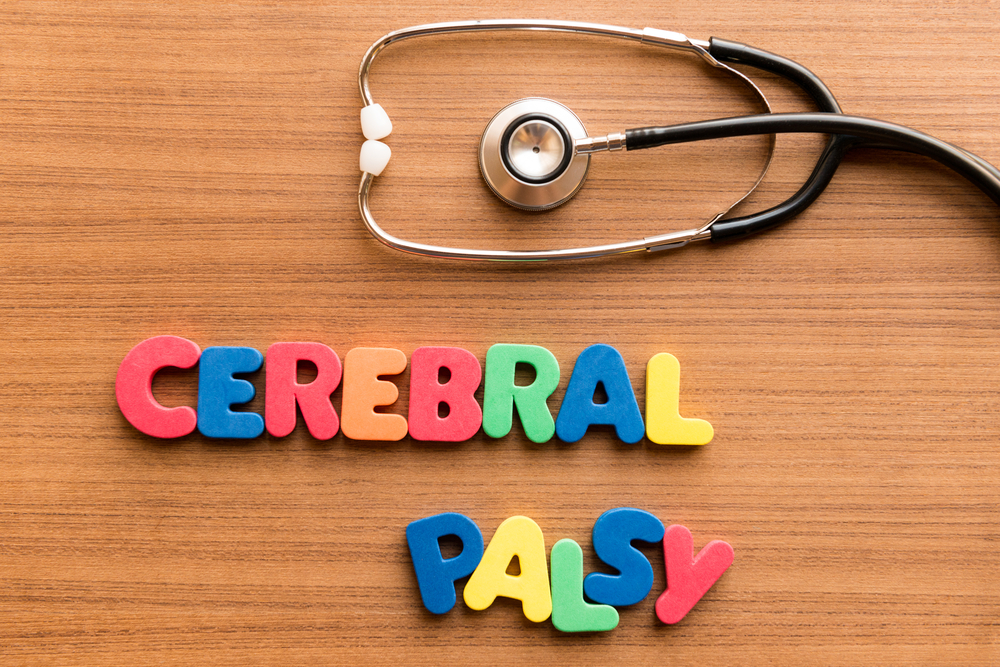Intrathecal Baclofen Is Safe, Effective in Children Under 6, Study Says

Administration of a muscle relaxant called baclofen into the spinal canal of children under 6 with spastic cerebral palsy is as safe and effective as it is for older pediatric patients, according to a recent retrospective study.
The results, “Intrathecal baclofen therapy for treatment of spasticity in infants and small children under 6 years of age,” were published in Child’s Nervous System.
Muscle stiffness, i.e. spasticity, is the most common difficulty with movement seen in children with cerebral palsy. To reduce the observed increase in muscle tone, the medical community uses baclofen, a muscle relaxant that acts on receptors in the brain and spinal cord to reduce abnormal muscle stiffness.
Baclofen has been used as an oral medication for many years; however, only a small portion of the medication crosses the blood-brain barrier — a semipermeable membrane that shields the brain from the outside environment — and thus the medicine is unable to exert the desired effect.
The administration of baclofen directly into the cerebrospinal fluid — a liquid that surrounds the brain and spinal cord — overcomes this problem. This approach is called intrathecal baclofen therapy and consists of delivering baclofen to the spinal fluid using a pump that is surgically implanted under the skin of the abdomen. A catheter (a thin, flexible tube) brings the medication from the pump into the spinal fluid.
“The first report of [intrathecal baclofen] therapy usage in pediatric patients mainly dealing with cerebral palsy was published in 1991,” the researchers stated. Nonetheless, most publications to date on this matter are focused on adult patients.
Investigators set up to prove the efficacy and safety of intrathecal baclofen therapy in infants and children younger than 6. To do so, they retrospectively analyzed 17 primary pump implantations in pediatric patients.
All the children studied had bilateral spastic cerebral palsy of various causes and were limited in their ability to maintain antigravity head and trunk postures and control leg and arm movements.
Follow-up varied from a year to 11 years. Researchers recorded all data regarding diagnosis, weight, length, age at implantation, daily dose at the last pump refill, catheter tip positioning, surgical revisions, and unexpected events. Ages at implantation ranged from 11 months to 5.8 years.
“Surgical complications were comparable to published literature and mainly involved the catheter (two catheter dislocations and one catheter transection) and one pump infection resulting in four revision surgeries in three patients,” the researchers said.
Higher doses of baclofen have been shown to cause somnolence and apnea (temporary cessation of breathing). In the 17 cases studied, there was one baclofen-related apnea event during medication dose adjustment and an overdose after pump refill, which were both treated appropriately.
When surgeons used an implantation technique called subfascial — i.e. when the pump is inserted bellow the fascia, a sheet of connective tissue beneath the skin — there were no skin ulcerations or pump infection complications.
In most children who underwent X-ray control for various reasons, a slide of catheter tip over the years was observed. These catheter position changes are related to growth, scoliosis, spinal surgery and failure to insert the pump correctly.
Investigators recommend the subfascial surgical technique for pump and catheter implantation and alert for the fact that medication dose adjustment should be performed slowly to avoid heart rate decrease (bradycardia) in infants. Although rare, baclofen overdose has been associated with bradycardia, low or high blood pressure, and respiratory failure.
In conclusion, intrathecal baclofen therapy in infants and small children seems to be as safe and effective as it is in older pediatric patients.


